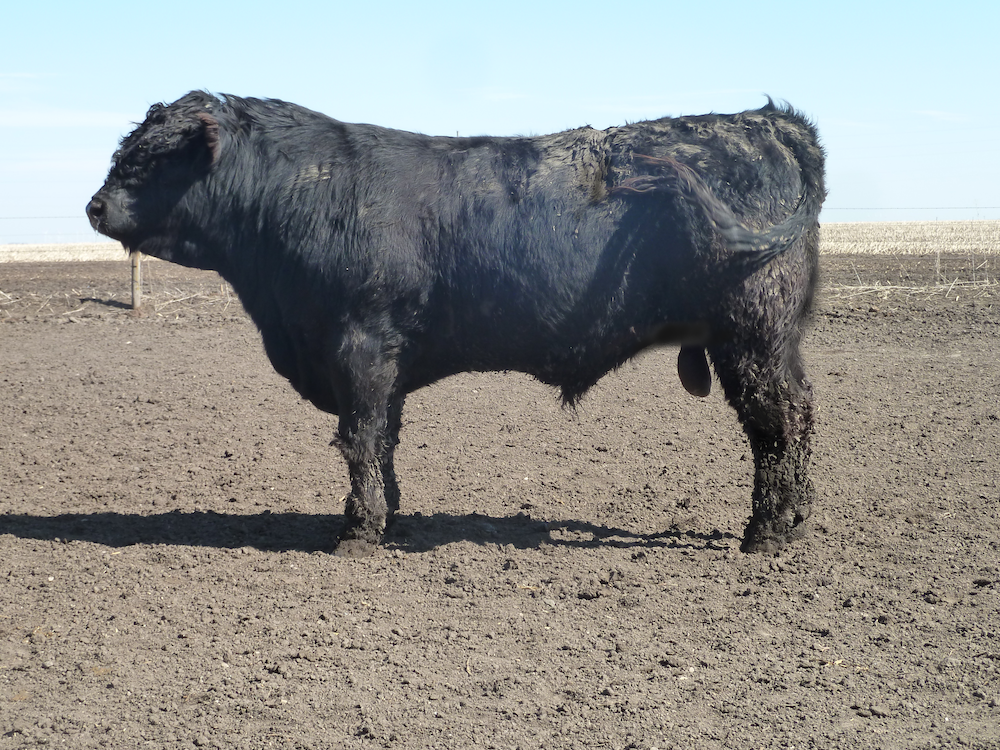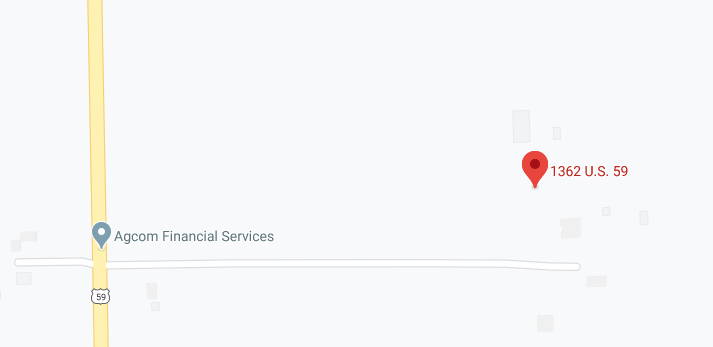Everybody likes to talk about efficiency in the cattle business, but almost no one does anything about it. At Leonard’s, we are doing something about it. The biggest single cost in a cattle operation is feed. Think about the extra profit for you if you can cut your feed costs by 10% or more.
There is only one way to make improvements in cost of gain and annual maintenance costs of a cow herd and that is to test each animal individually for feed conversion.
Leonard Limousin and Angus may be the only seedstock operation in the nation that tests every bull we sell for feed conversion. It’s expensive to do, but we think important so that our customers have the best information available to increase their profits.
If you sell a set of feeders to a feedlot and the close outs show 12% lower feed costs but the same or better ADG while on feed, the feedlot is very happy.

There is only one way to make improvements in cost of gain and annual maintenance costs of a cow herd and that is to test each animal individually for feed conversion.
Leonard Limousin and Angus may be the only seedstock operation in the nation that tests every bull we sell for feed conversion. It’s expensive to do, but we think important so that our customers have the best information available to increase their profits.
If you sell a set of feeders to a feedlot and the close outs show 12% lower feed costs but the same or better ADG while on feed, the feedlot is very happy.

They won’t tell you about the great success they had because they wouldn’t want anyone else to know about the great genetics in your cattle, but you can bet they will be in the stands bidding the next time you sell feeders.
Feedlots that have fed calves sired by Leonard bulls are always looking for more and with the knowledge they have regarding profitability of Leonard sired calves, they will bid more. As a cow calf operation, the improvements in feed efficiency don’t all accrue to you if you sell feeders, but some advantages do exist.
While you own the calves they will gain weight with less consumption of feed. By even eating a little less grass, your carrying capacity will increase. But the big advantage comes from the replacement heifers you keep back. Those females will eat less everyday of their life, but still maintain same body condition scores and raise calves that grow.
With Leonard genetics in your cow herd, your carrying capacity will increase. While on the average, 1600-lb. cows eat more each day that 1100-lb. cows, there is so much variability in genetics that many of those big cows actually eat less than smaller cows. But almost always, the big cows wean bigger calves. The important lesson here is that selecting herd bulls for feed conversion will allow you to select cows that wean the biggest calves and not have increases in annual cow carrying costs.
Some people think that measuring gain will lead to improved feed conversions, but that simply is not true. When we test bulls we frequently see that the biggest eaters may also be among the top gainers, but are not likely to be among the lowest cost of gain. We’ve had bulls with over $100 difference in feed cost over 100-day test.
Bull A gained 4.3 lbs. per day and consumed 17.2 lbs. of feed daily and Bull B gained 4.3 lbs. per day while consuming 24.5 lbs. of feed per day. Both bulls have similar EPD for Bwt, growth traits, maternal value and carcass value.
But by testing for feed conversion, customers can determine that Bull A will increase profit per calf from birth to slaughter by more than $100/hd. That obviously makes Bull A worth a lot more.
An advantage in the Leonard operation is that we’ve been testing each bull for many years, and we’ve done some culling based on the information we’ve obtained. Even our worst conversion bulls are better than industry averages now, so you’ll always get a bull from us that is likely to lower feed costs on your calf crop and reduce annual carrying costs in your cow herd.
Through the many years of testing, we’ve seen bulls with feed conversions as low as 3 lbs. of feed per pound of gain and as high as 7.2 lbs. feed/gain. The thing to keep in mind is that 7 lbs. is pretty much the industry norm for conversions, and even our poorest bull wouldn’t hurt you.
The bulls are fed a silage-based ration in open feedlots, but the bunks are under roof. The conditions are like most cattle are exposed to. Bulls are typically going to have poorer feed conversions than steers simply because of personality and hormone activity creating some extra physical activity.
Yes, bulls do waste energy when playing and fighting that steers won’t do. Do remember though that each 1 lb. improvement in feed conversion will equate to about $100 feed savings on each steer you feed going from 700 lbs. to 1400 lbs. It’s a savings worth paying attention to.
